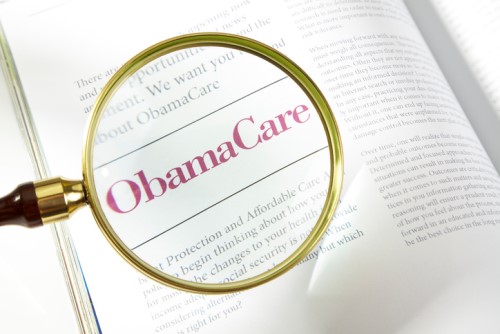

The Affordable Care Act (ACA), popularly known as Obamacare, is hanging on by the skin of its teeth. So far, the act has proven resilient against Republican efforts to repeal it and the Trump administration’s attempts to defund it – but with premiums projected to soar by an average of 15% in 2019, the future of the ACA looks very dark.
Nothing drastic is likely to happen to the ACA before the midterm elections on November 06, according to Eric Wilson, principal of Wilson Associates, a company that specializes in healthcare insurance. Obamacare is likely to stick on the books until 2020 because “Congress needs time to get things done,” he said.
“Unfortunately, the plan is almost repealing itself in a lot of ways. Rates are increasing, deductibles are getting higher, and more and more people are opting out of the system. What’s happening now is that healthy people are opting out, leaving primarily sick people in the pool, which means rates are reacting like crazy,” Wilson told Insurance Business.
Obamacare was flawed from the beginning, according to Wilson. One of the primary pain points with the act revolves around the idea and definition of pre-existing medical conditions. Under the ACA, insurance companies are required to provide insurance to everyone, even those with chronic illnesses or costly pre-existing conditions, whereas before they could deny coverage for the most high-risk applicants.
“The messaging around the definition of a pre-existing condition has been very poor,” Wilson said. “Everyone agrees people with pre-existing conditions should be covered, but there have been politically-charged arguments around what it exactly means.”
Another flaw with the ACA, according to Wilson, is the act’s focus on preventative care. He said it’s good for smaller expenses like a physical or a doctor appointment but “not helpful if you get hit by a bus” and have to pay $15,000. There are a few “easy fixes” to the health insurance problem, but “not anything Congress wants to entertain” at the moment, Wilson added.
“Health insurance should be similar to home and auto insurance whereby it covers things you can’t pay for,” he said. “Unfortunately, it has gone down the road of covering ‘wheel changes for your body,’ leaving policyholders to pay for bigger things. If policymakers would return to covering catastrophic incidents, where policyholders pay for anything under $3,000 (or another fixed amount) and the insurance covers things they can’t pay for, that would bring costs down.
“It would also make the healthcare system a little bit more selective and create competition in the marketplace for doctors to reduce their pricing,” Wilson added.
The future of the ACA relies heavily upon the results of the midterm elections. If the Republicans pick up a lot of seats, they can end Obamacare once and for all. The Trump administration seems aware of the financial burden people paying non-subsidized premiums are feeling, but so far the Republicans have struggled to agree on an alternative. On the other hand, if the Democrats take a lot of seats, they’re likely to hold on to the Obama signature piece.
